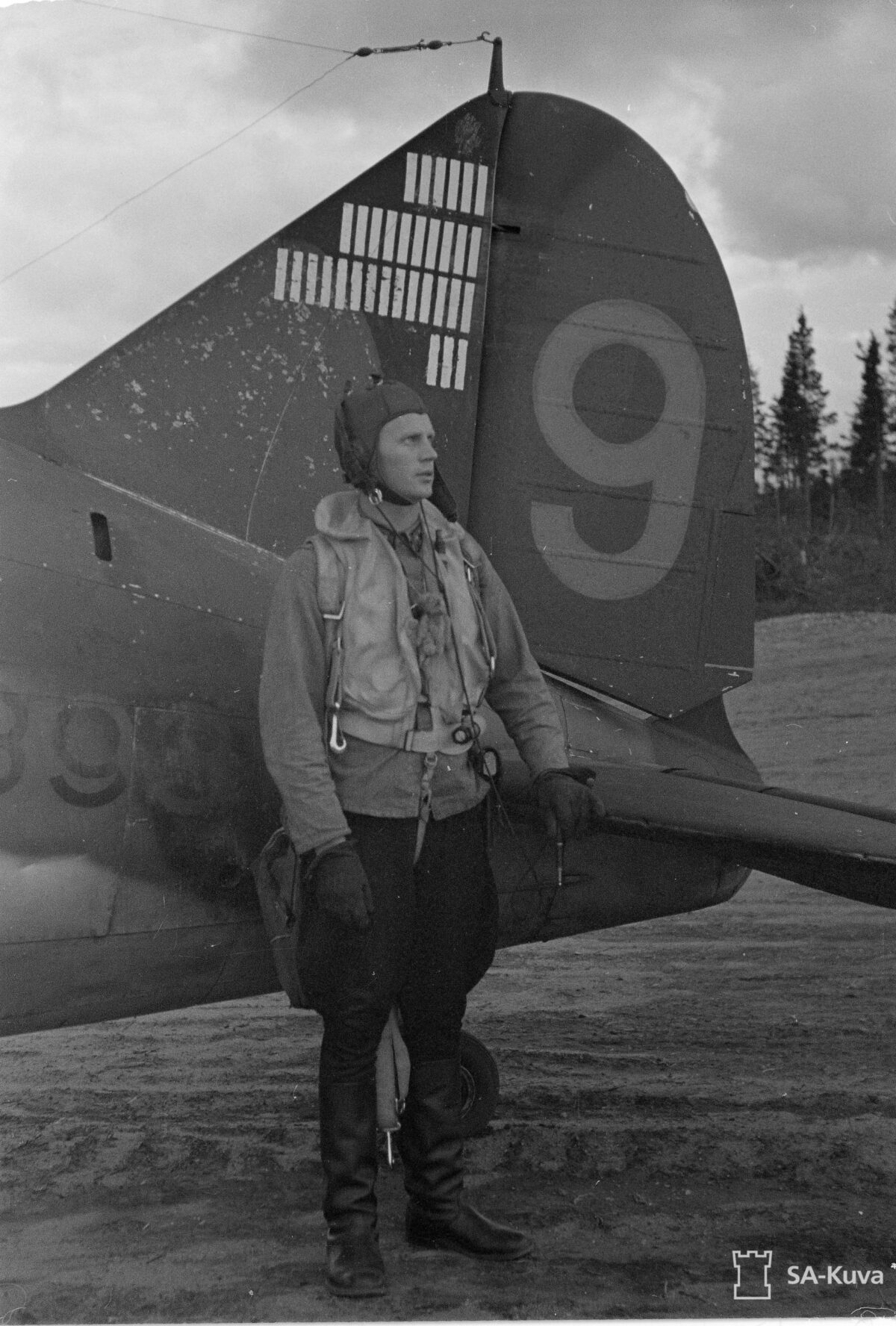Russia’s unprovoked war on Ukraine has prompted the United States, the European Union and other nations to provide both humanitarian and military aid to President Volodymyr Zelenskyy’s embattled nation. The latter category of assistance has included state-of-the-art anti-tank and anti-aircraft weapons, drones, heavy artillery, small arms, ammunition and a host of other systems. But much of the hardware provided to Ukraine represents older and in some cases less advanced technologies — tanks, armored personnel carriers, trucks and the like — that the benefactor nations have replaced in their own arsenals.
That certainly doesn’t mean that the out-of-date systems aren’t of value to Ukraine — a well-maintained older tank, for example, operated by an experienced and highly motivated crew whose members are fighting to defend their homeland against a brutal invader can be just as valuable in combat as the newest and most advanced vehicle. It’s a lesson the Russians should have remembered — they learned it the hard way more than 80 years ago.
In August 1939, the Soviet Union and Nazi Germany stunned the world by signing a nonaggression pact. Three months later Russia, coveting the Karelian Isthmus north of Leningrad (present-day St. Petersburg), attacked Finland. The Soviets expected to quickly and decisively crush Finland’s far smaller and decidedly less well-equipped military — and were stunned when the Finns put up a stubborn and determined defense that prolonged the Winter War, as the conflict was called, into the spring of 1940.
And one of the primary weapons that helped knock the Soviets back on their heels was the American-built Brewster Buffalo, an ugly, obsolete and temperamental fighter plane that had been unceremoniously relegated to rear-area service by every other military service that had taken it into combat.
The prototype XF2A-1 first flew in December 1937. A typical early order of 54 production F2A-1s ensued with fewer than a dozen delivered to the carrier USS Saratoga. The Roosevelt administration, sympathetic to Finland during the 1939 Winter War, diverted 44 of the Brewsters to the Ilmavoimat, the Finnish air force. Finns nicknamed the stubby fighter Taivaan Helmi (roughly “Sky Pearl”), and they quickly proved that despite its dismal reputation a Buffalo flown by a skilled and motivated pilot was more than a match for Russian aircraft — and even the British-built Spitfires and Hurricanes provided to Moscow for use against Germany. Among the most successful Finnish Brewster pilots was 1st Lt. Hans Henrick “Hasse” Wind (pictured), who scored 39 of his ultimate 75 kills while flying the type.
Read more on Finland’s Sky Pearls and the men who used them to maul the Soviet air force.





